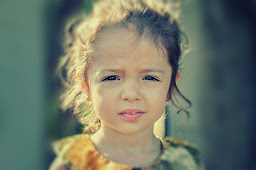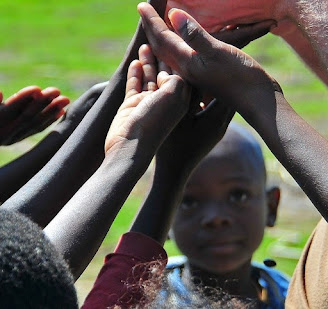Are You Addressing All 6 Early Childhood Math Standards? This Thematic Children’s Literature Matrix Can Help
Did you know that research suggests children who enter kindergarten with a solid understanding of preschool-level math typically perform better on measures of math and reading achievement years later? It’s true! But, what specifically do preschool children need to know, and how can we best support their conceptual knowledge? According to the Development and Research in Early Math Education (DREME) Network, math experiences in the early years should aim to build conceptual knowledge across all six major math subareas (Number Sense, Arithmetic Operations, Algebra, Geometry, Measurement, and Data Analysis and Probability).
Research also tells us that the amount of
math-related talk teachers engage children in influences the depth of their
conceptual understanding and that children’s books offer an entry point for math
conversations (Klibanoff, Huttonlocher, Vasilyeva, & Hedges, 2006).This fact
often makes me wonder if I am engaging my daughter in enough intentional math
talk each day. Sure, we read math-focused books somewhat regularly, but how
might I do this in a more systematic and motivational way? As you may already
know there are many excellent books written specifically for young children out
there that can be used to support math talk and conceptual development.
What I have done in the matrix below is organize
some of these wonderful books by math subarea as well as by theme. This better
positions me to select books that relate to a topic my child is more interested
in; in addition to building math knowledge, I am trying to maximize her
motivation and engagement to make math experiences as positive as possible. My
daughter is all about dinosaurs right now, so we have been working from the
dino-themed list a lot lately. That doesn’t mean we will read all of the books
on the list (even she may become bored with this topic at some point--right???). It just
means that we started with the books at the intersection of “Number Sense” and “Dinosaurs”
and are now working our way through the books in the “Algebra” cell because she is still highly engaged in the work.
My thinking in sharing the matrix is that
others who are creating theme-based, integrated, early childhood learning
experiences might find it helpful. Feel free to reach out with questions or
comments.
|
|
Dinosaurs |
Food |
Animals |
|
Number
Sense (e.g.
one-to-one correspondence, counting) |
How
do Dinosaurs Count to Ten? Count
the Dinosaurs!: A Fun Picture Puzzle Book for 2-5 Year Olds |
Pepperidge
Farm Goldfish Counting Fun Book From
the Garden: A Counting Book About Growing Food |
Fish
Eyes: A Book You can Count On |
|
Arithmetic
Operations (e.g. addition, subtraction) |
|
Hershey’s
Kisses Addition Book |
|
|
Algebra
(e.g., sorting, classifying, patterning) |
|
|
|
|
Geometry
(e.g., shapes, space) |
|
|
|
|
Measurement |
|
Hershey’s
Milk Chocolate Weights and Measures |
Ants
Rule: The Long and Short of it |
|
Data
Analysis & Probability |
Count
the Dinosaurs!: A Fun Picture Puzzle Book for 2-5 Year Olds |
|




Comments
Post a Comment